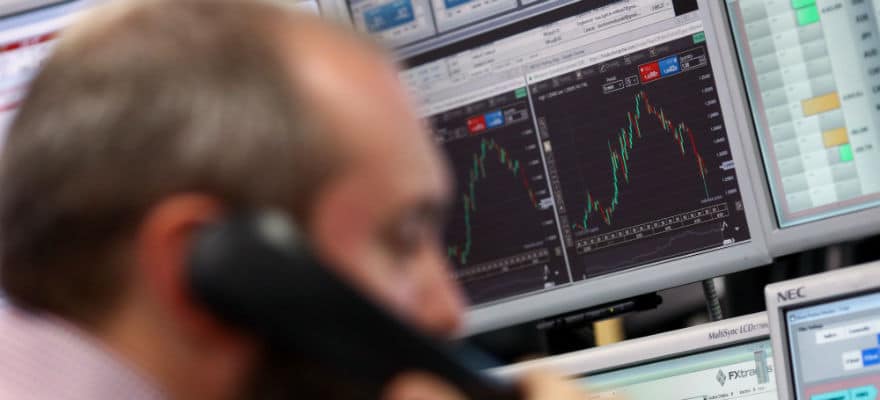The relationship between voice communications and traders may not be destined for oblivion after all as a new report from Greenwich Associates shows that voice-based trading retains an integral role in the electronic era despite a continued push for more technology and innovation.
The London Summit 2017 is coming, get involved!
Moving forward, the trading industry will be defined by ever-present innovation, advanced algorithmic trading, dark pools, and electronic Market Makers . However, this does not preclude the role of voice communications, which are every bit as important to trading. The report analyzes the myriad ways traders are utilizing new technology to enhance the effectiveness of conversations with clients.
As such, a combination of voice communications and other digital means could be the future that the industry seems to be maintaining a course towards – this is due largely to institutional investors. More specifically, these investors execute the majority of their order flow via ‘high-touch’ channels, such as by telephone.
Voice communication may also be here to stay, a nod not only to its resiliency but also because it inherently maintains a more personal touch. Indeed, there currently exists much more efficient and faster means, with algorithms and dark pools constantly pushing the envelope for speed.
However, given the personal nature of trading and its emphasis on relationship building, voice communication has proved to be a necessary construct, helping foster trust and stronger relationships between clients and their brokers.
Visual Turrets and Evolving Communication
Looking at the recent findings of the report, voice communications appear to play an even larger role when trades are routed through electronic channels. Approximately 90 percent of the trading professionals participating in a 2016 Greenwich Associates study utilize voice communications in electronic trades, primarily for post-trade interaction.
Additionally, trading desk communications are also evolving on a rapid basis with the ongoing integration of new technologies – this includes mediums such as IM/chat messages and electronic, computer-to-computer FIX communication. Many traders have already begun to switch to virtual turrets that seek to replace classic trading desk hardware with software-based applications.

Richard Johnson
According to Richard Johnson, Vice President of Market Structure and Technology at Greenwich Associates and author of the report: “Even in U.S. equity markets, often viewed as one of the most electronic markets in the world, high-touch trading, or single-stock trades routed to a sales trader, still represents the largest Execution channel.”

















